“Ah, Canada!” A scrawny man, dark skin, dark eyes, black curly hair smiles at me big. He knows he’s right and I haven’t even said a word yet. All I’ve done is looked at him when he said ‘Hola!’ and smiled. Then he says Toronto, and for whatever reason I have to say, “no Vancouver”. He tells me he’s from Venezuela, he’s traveled to 5 countries and he loves talking with foreigners to learn English. Then he says, “but I need your support to keep learning and travel. You give me money.” Most of the locals who talk to tourists in the barrio de Getsamani have something to sell: sombreros, bottled water, fresh fruit, limonade, arepas, hamburgers. Yes, hamburgers and hotdogs and popular here with the locals and they’re sold in street carts right alongside the fruit and arepas.
My first recollection of Colombia is reading the word on the tin can of my mothers beloved coffee tin, a green one with images of rolling fields of coffee plants. I say beloved coffee because my mother has from as early as I can remember a die hard coffee drinker who would not get out of bed unless a cup of coffee could be in her hands within 5 minutes, even better once we were big enough to carry the hot cup carefully to her bed. I had no idea what the country was like, the people, the culture, the music until I was older. Of course, like everyone else in the world, I saw through movies and media the drugs and crime that gained Colombia the reputation of being one of the most dangerous countries to travel to. But about 10 years ago, when I moved to Victoria BC, I was introduced to salsa: dancing and music, not the sauce. And it took a while but finally, last year I came across the song “Pa’ Colombia” by Hector Lavoe & Willie Colon and that got me interested in coming to this country.
Barranquilla, Cartagena Medellín y Bogotá
Y la linda Cali que no se queda atrás
Son las cinco novias que yo tengo allá en Colombia
(Pa’ Colombia entera) Eh mamita buena
(Pa’Colombia entera) ay para Colombia
(Pa’Colombia entera) Medellín y Cartagena
(Pa’Colombia entera) y la linda Cali nena
Of course, neither of these musicians are Colombian. Both are of Puerto Rican descent who became famous during the early salsa scene in New York City and their breakthrough album La Gran Fuga featured this song. The album was covered in the controversial mock up of an FBI wanted poster that only helped them spiral to fame across the country. I don’t know why this song is on the album or what the real inspiration was. Hector Lavoe sings the names of 5 cities and then says, they are his 5 girlfriends in Colombia. He sings about going to Colombia to dance with the beautiful women. And the women here are beautiful. What I love most is that they own it. Their curves, their bellies, and their beautiful hair. All of them are done up in tight clothes, high waistlines, hair and makeup all to accentuate themselves to the fullest.
What surprised me most upon arriving in Medellín is that despite the heat all of the women wear full pants or long skirts. No one was in shorts and tank tops. In Cartagena it’s the opposite. From hipster tourists with scraggly beards, dreds and baggie clothes to full suave done up in tiny crocheted dresses a full spectrum of fashion can be found in the streets of the barrio Getsamani. Upon turning onto the street of my hotel my first impression was colour. The buildings yes, but more so the vibrant flags and umbrellas that cascade above in every direction as far as I could see. Then the flowers that surround the doorways of each building that run seamlessly down the street, broken only by the intersection of another street with more flags, lights and flowers. It’s beautiful here.
Everyone I meet wants to know how I learned what Spanish I have living in Canada. When I tell the Latino’s an app on my telephone, Duolingo, most of them raise their eyebrows and then I say, “and telanovelas” and they smile, ah yes. I am no Liz Gilbert who gets to practice with dreamy eyed Giovani every day, instead it’s been Filipe, Rosendo, lots of Johns, and one Marco. In other words someone who is kind, patient and willing to listen to me bumble my way through to have a conversation and somehow they’ve all very accidentally been men. It may be because men approach me to say hello and chat but I do find women harder for me to understand. I’m not sure if it’s the tone or inflection but unless a woman speaks very slowly and loudly, like the tour guide on the bus on my second day here, I can hardly pick out more than two or three words at a time. Que pena.
On the other hand, almost every day I’ve met tourists from all over who speak English. During my first wander around the old city after dropping my bag at my hotel I met Ema from Austria who approached me with the welcoming phrase, “are you as lost as I am wandering around here?” Not at all lost, we toured around coming across churches, the old city walls until we were finally hungry recognized the park where we starred and found arepas from a street vendor, which had a crowd of about 30-40 people every night I walked by after. A little more exploring, with full bellies, led us to a crowded plaza with street vendors, dancers and singers. We had our choice of anything we could want: beer, cigarettes, burgers, hotdogs, bbq’d meat on a stick, limonado, dulces, fresh fried chips. It felt like the right place to be. Children were running around laughing, playing, so delighted with another night to enjoy the plaza.
Ema’s hotel had a rooftop seating area, as did mine, hers though has a view of the city and now it’s lit up. We stay up looking around for a few minutes but we’re both crashing after our flights earlier in the day. She walks me back to the plaza where I can orient myself back to my hotel following the street with flags. As I walk back to my hotel a feeling grows inside me. I’m meant to be here.
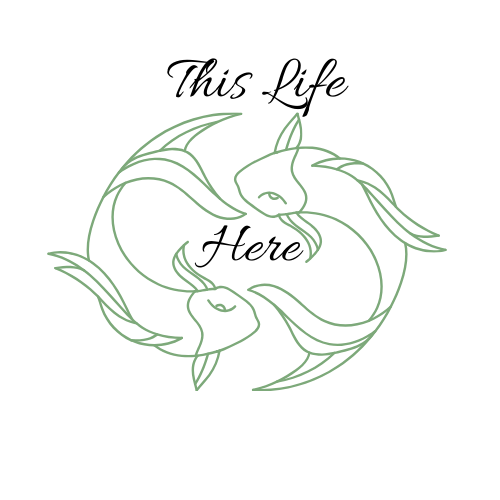

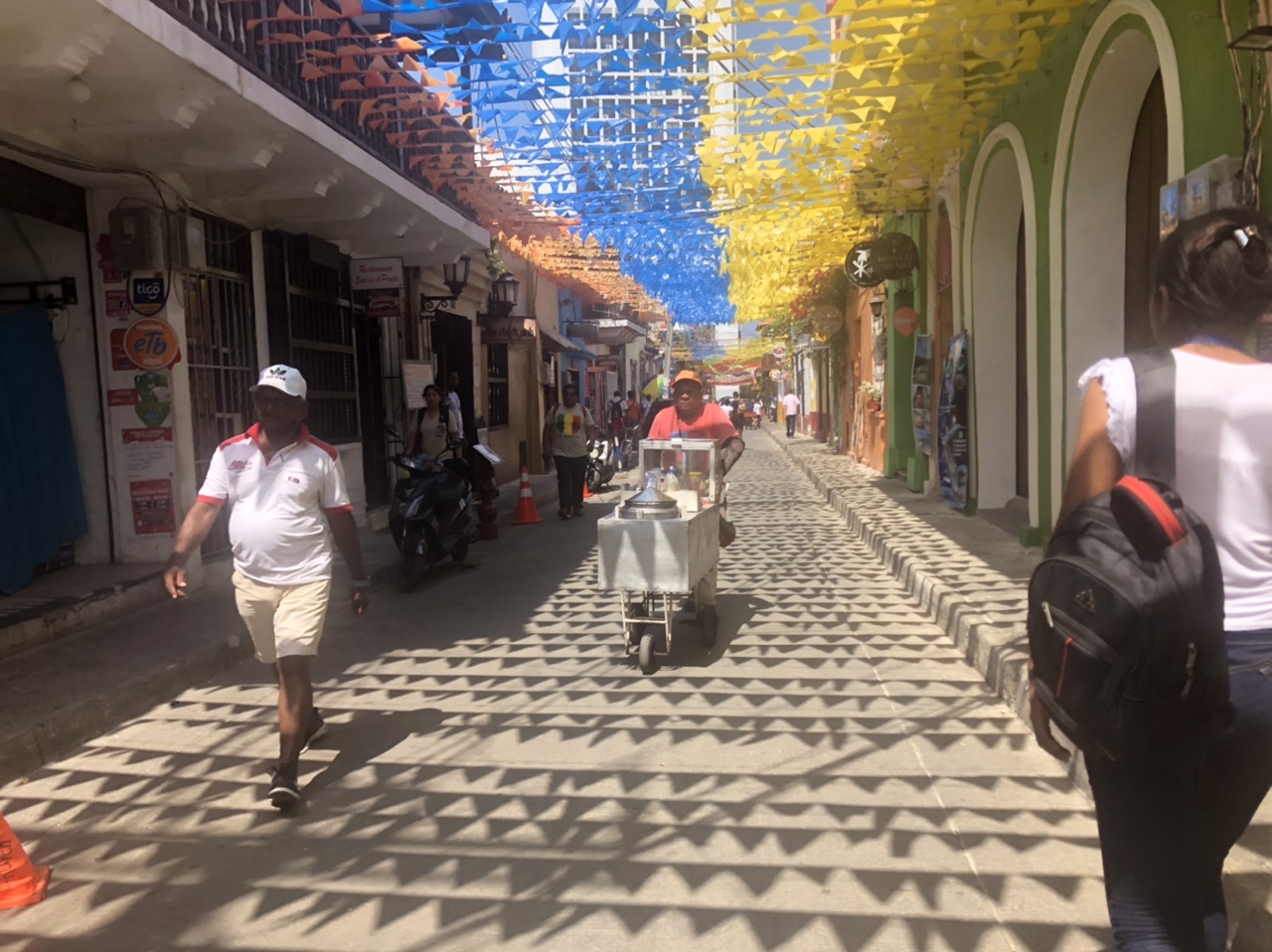
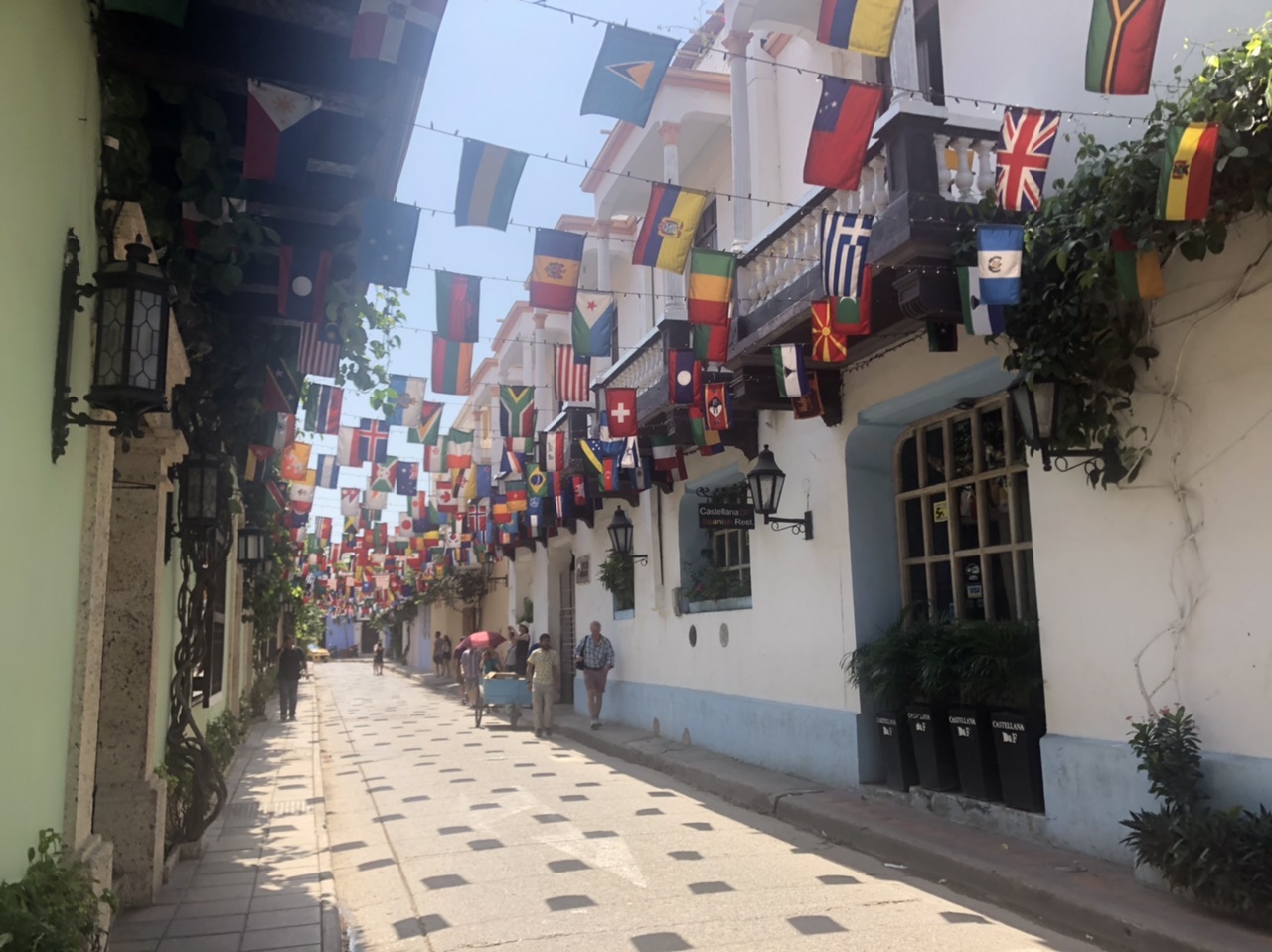
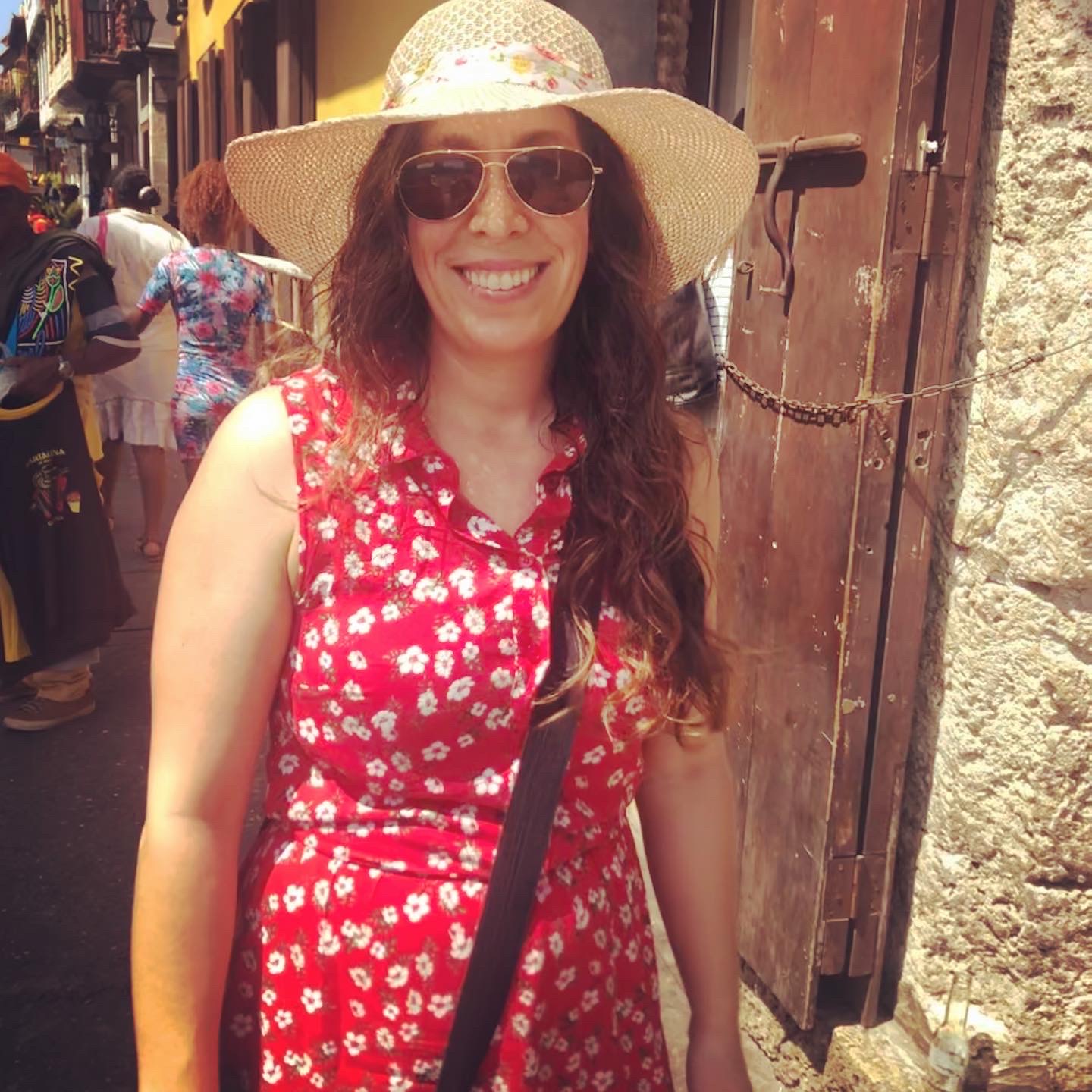


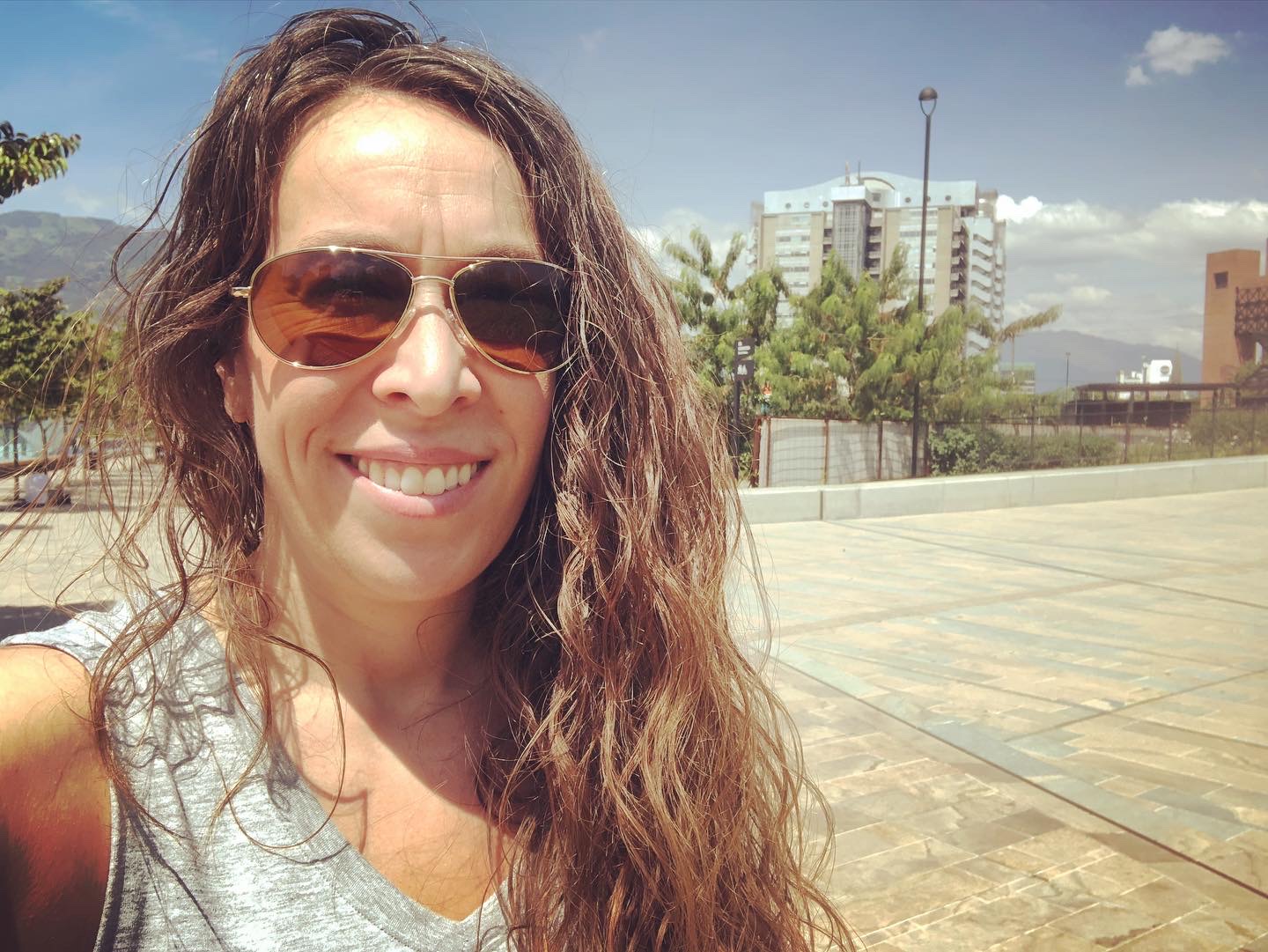
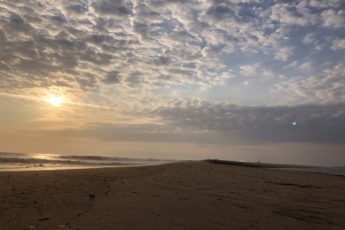

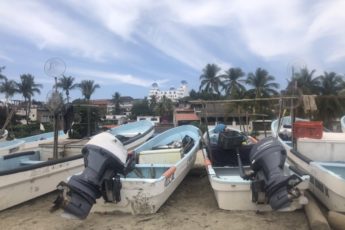
Leave a Comment